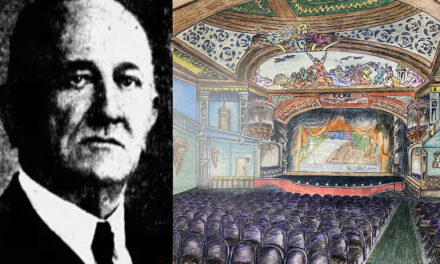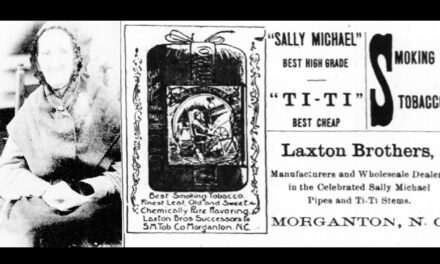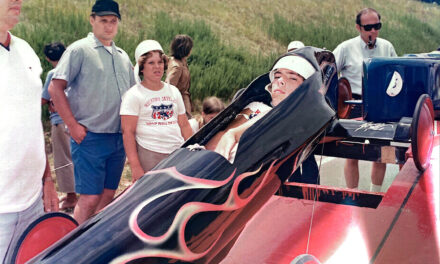
If there was ever a guy who had the name perfect for reporting on a furniture company, it was Dr. R. Wood Brown. His tour of Martin Furniture gave readers in 1912 a look at the changes coming to Hickory in the early days of manufacturing in western North Carolina. Impressed by what he saw, he believed his times heralded a turning point in history, writing “we live in a rapid age.”
The advances in industry going on in Hickory were significant. Brown believed that what the town was experiencing would be seen as “utopian” in a “foreign country.” Dr. Brown was an advocate for the quickening pace, asserting that “if everything we used were hand made…we would be where our forefathers were in comfort and convenience.” He was astonished with the 115 bureaus made each day at Martin Furniture, each of which required 88 separate pieces to make. He called it “interesting” that the company used 1,200 pounds of glue per month and touted the fact that workers regularly turned a plank of oak into a finished piece of furniture in just five hours. His reporting likened what was going on in Hickory to the “inventive genius of the American people.”

Martin Furniture in East Hickory. Dr. R. Wood Brown gave us the glimpse into what was happening inside.
As a non-native to Hickory, Dr. R. Wood Brown knew what was going on in the rest of the nation. Dr. Brown had already enjoyed one career before coming to town. Born in Green Bay, Wisconsin, he spent his adult years in Kansas City as a dentist. But his interests extended well beyond dentistry. He gained early notice for a paper he presented to the Academy of Science on “Teeth and the Brain.” His research on memory was reported across the nation. Demonstrating his interests were wide ranging, Brown presented a paper entitled “Early Stages in the Earth’s Growth,” that generated academic notice.
So how did this guy get to Hickory and write about furniture. It seems he did it for love. Earlier in the same year before he toured the Martin factory, Dr. Brown married “Miss Mary S. Albertson from Los Angeles, California.” For years, Miss Albertson had come east to vacation in Hickory each summer. The pair apparently met in California but her love of the foothills convinced Dr. Brown to resettle.
According to the papers that carried the nuptials, the marriage was “the culmination of a romance – a love story 20 years long.” No explanation of that statement followed and may be lost to history. For a number of years, the couple lived in Hickory, first at the Hotel Marshall, where the wedding took place, then at their “bungalow” where they lived with their canary “Toots”, a pony named “Dolly” and a number of “thoroughbred chickens.”
Dr. Brown quickly became a fixture in Hickory. In 1916, he briefly ran for mayor before bowing out in a crowded field. He and his wife traveled widely but once invited the community to their house. On a summer evening in June of 1916, he offered an opportunity for fellow Hickory-ites to hear his “Pathephone,” a record player of the era, which was a novelty of the time. In the front yard, he played music from his record collection which included Broadway songs, military marches and a whistling duet of birds in the forest.
In retirement, Dr. R. Wood Brown decided to become a reporter. His byline was found on the Hickory Democrat, the Times-Mercury, Charlotte Observer, and the early days of the Hickory Daily Record. An early article asked the question, “how many of our citizens know about the industries of Hickory except by hearsay?” His decision to become an eye witness provided a look into the factory for the citizens of Hickory in the early days of the furniture industry and to all of us who came after.









